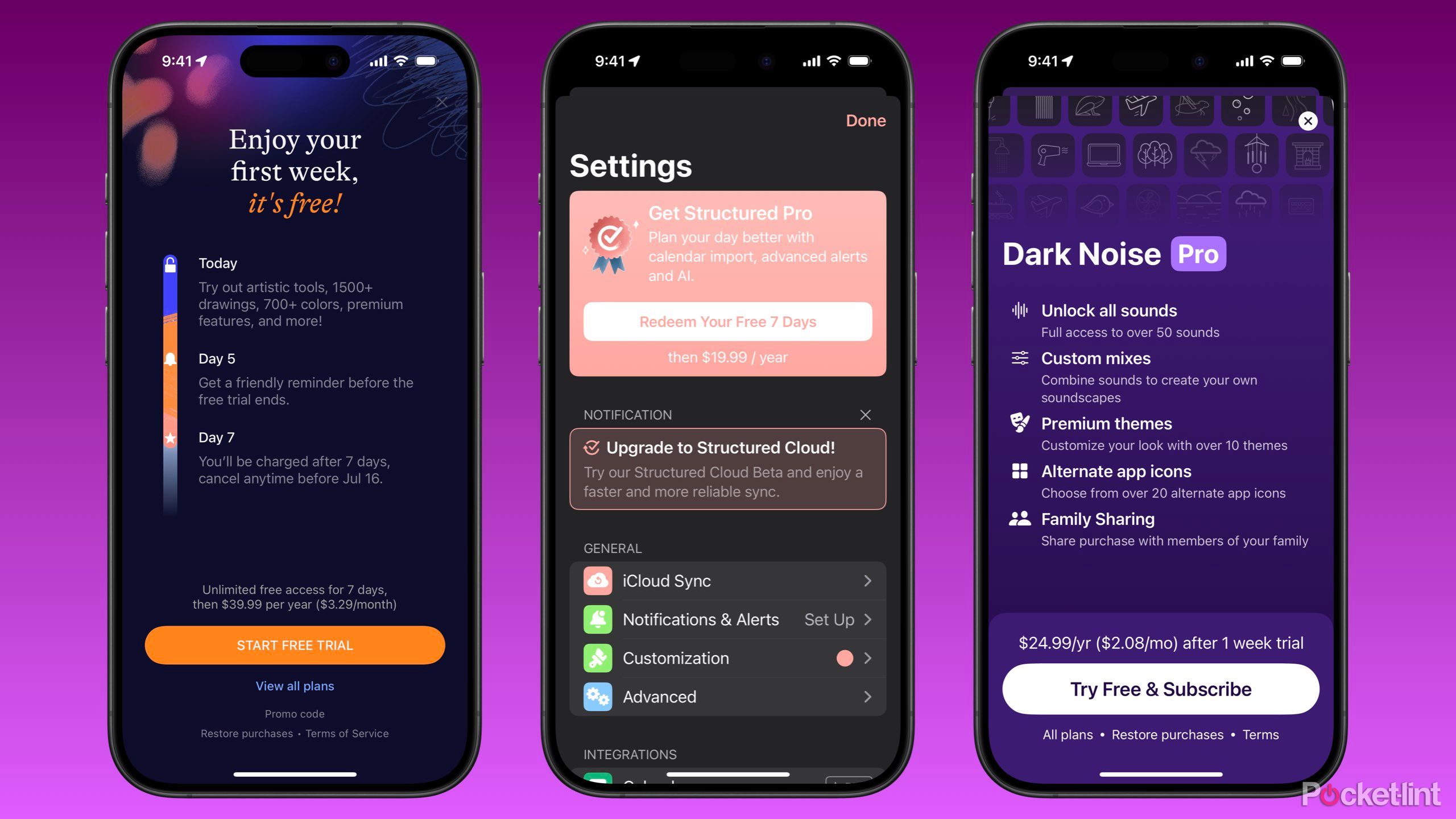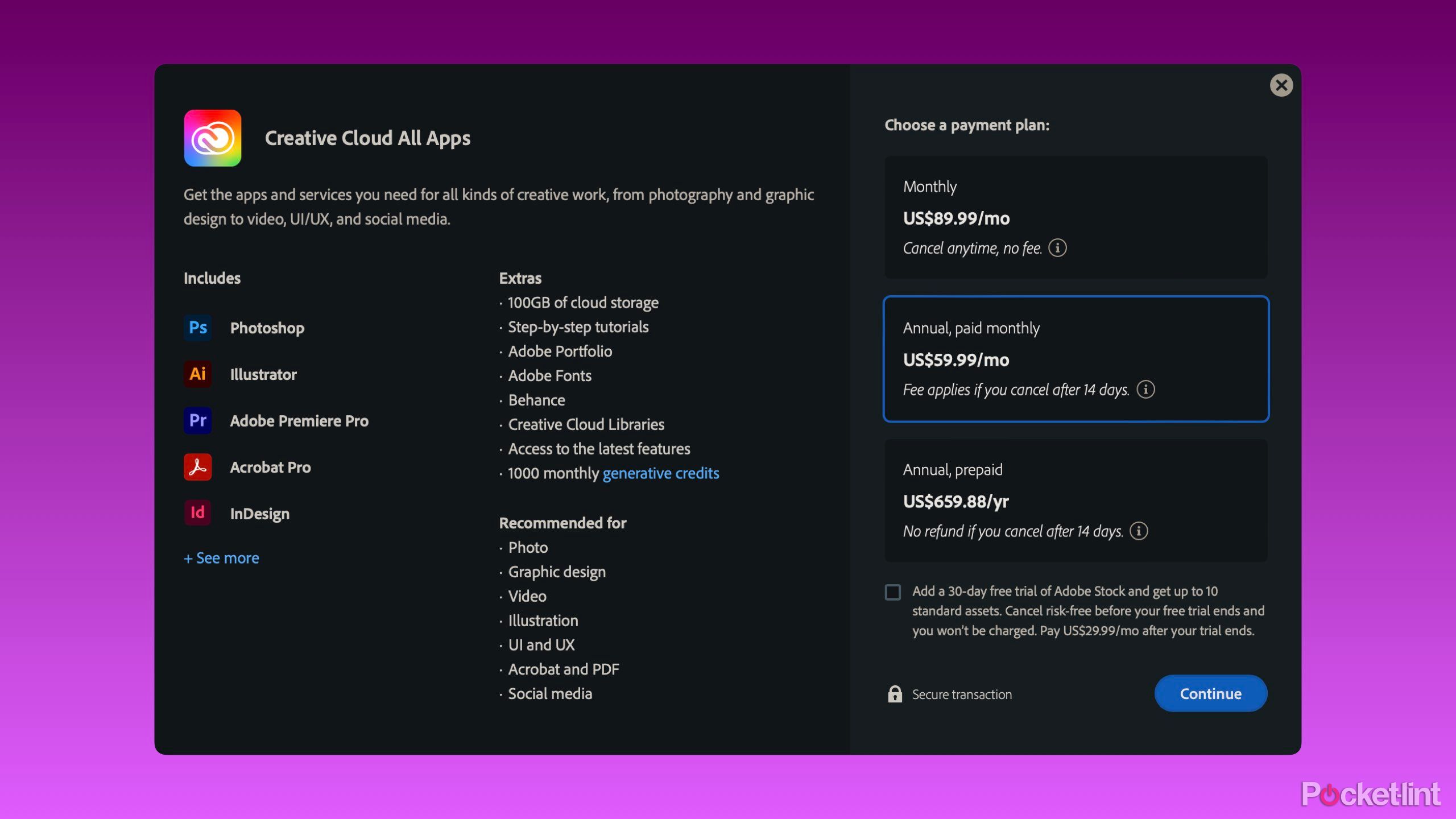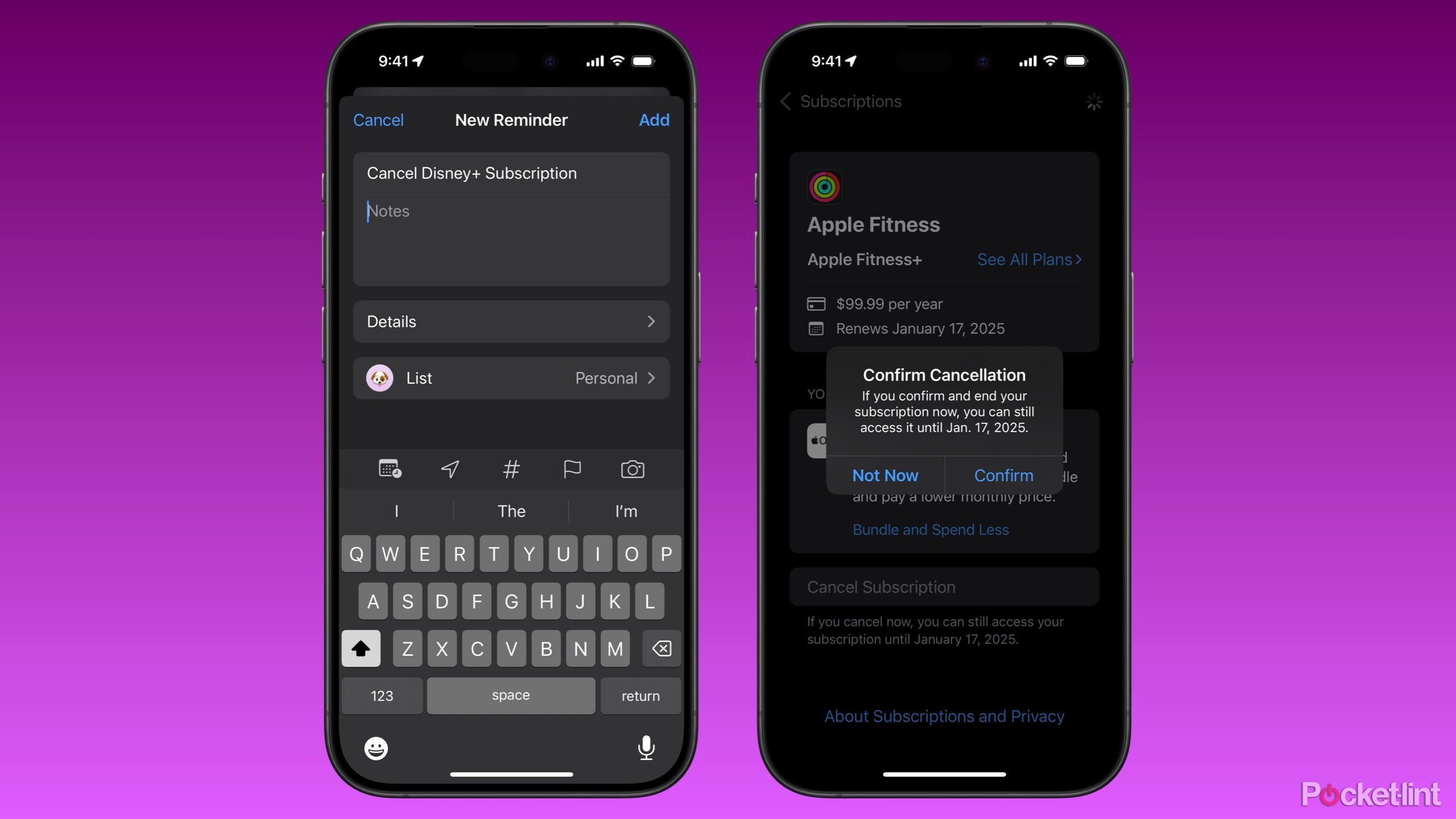Key Takeaways
- 72% of Americans feel overwhelmed by the number of subscriptions they have.
- Subscriptions can benefit both consumers and developers.
- The best way to limit the impact subscriptions can have on you is to become a serial churner.
What was the last service you subscribed to? How did it make you feel? Nearly three-quarters of Americans (72%) feel overwhelmed by the number of subscriptions they have. Increasingly, consumers miss the heyday of one-time purchases and are frustrated by not just services becoming subscriptions, but physical goods, too.
There are two types of subscriptions: consumables and physical goods. Consumables include your telecom service, streaming platforms, and meal kit delivery platforms. They are services with a continuous cost to deliver due to software updates, new feature implementation, service infrastructure, content procurement, or replenishment. Physical goods include subscriptions for socks, dog toys, or other items you don’t need a new one for every month.
If I feel a service provides value and is reasonably priced, I generally don’t complain (too much) about paying for it.
I don’t love subscriptions, but I don’t hate them either — consumable subscriptions, that is. Frankly, I don’t get product subscriptions — I really don’t. Still, if I feel a service provides value and is reasonably priced, I generally don’t complain (too much) about paying for it. I understand the economics of app subscriptions and why one-time purchases are fading away. With that said, I’m ruthless at setting reminders and churning through subscriptions based on what I’m watching or using at the time.
Here, I’m going to walk through the arguments for and against subscriptions and cover several tips for managing them.
Related
Is Apple One still worth it in 2024?
The tech giant’s all-in-one subscription option launched in 2020, but four years later, it’s unclear if it still offers the same level of value.
The argument for subscriptions
The pros of the debate
One-time purchase apps and services are not great long-term business models. Most one-time purchase apps experience a sales windfall during their launch and only marginal occasional bumps. Despite a lack of consistent revenue, apps are still expected to be compatible with future iOS updates and roll out new features.
To address these challenges, one-time purchase apps would offer a new version every year or so for a fee, supporting the latest operating systems and introducing new features. While some consumers liked this model because their current app did everything they needed, others didn’t. So, subscriptions seemed like a happy medium.
When this model operates as it’s idealized, everyone wins.
By switching an app to a subscription or offering a service as one, consumers agree to pay the vendor a regular monthly or annual payment in exchange for continuous new features, compatibility with the latest operating system releases, and ongoing product support and functionality. When this model operates as it’s idealized, everyone wins. Consumers continue to support the platforms that provide value to their lives. At the same time, developers establish a consistent, healthy revenue stream, which lets them iterate and improve their products continuously.
Streaming platforms are notorious for
increasing their prices
while continuously locking exclusive content within the service.
Subscriptions also benefit from expanding access through free tiers and free trials. One-time-purchased apps always face the challenge of convincing people to buy an app without being able to trial it first. Subscriptions allow consumers to use a free tier, try paid features for a limited time, and see if they want to upgrade to a paid plan. Even if they don’t, the free tier users hopefully act as advocates to recruit new users who may pay for the platform.
The argument against subscriptions
The cons of the debate
Of course, the challenge with the move to subscriptions is how they’re often used as a hostile cash grab against users. Take Adobe, which is currently being sued by the U.S. federal government for allegedly deceiving consumers into subscriptions that are too difficult to cancel. Amazon has also been criticized for making Amazon Prime intentionally too challenging to cancel. Adobe and Amazon are only two examples of a growing list. As I wrote about previously, 1Password turned off many users by switching to subscriptions while dropping its one-time purchase, self-hosted option.
Popular Mac menu bar app Bartender was recently acquired under shady circumstances by a company that allegedly buys apps only to make minimal changes while switching them to subscriptions. Streaming platforms are notorious for increasing their prices while continuously locking exclusive content within the service. I could go on, but I think you get the point.
Tips for managing subscriptions
Become a churner
- Review your monthly expenses. I recommend that you review your financial accounts every month to identify services you’re paying for and cancel them if they are not used.
- Set reminders. When signing up for a free trial or subscribing to a service, set a reminder for a day or two before the subscription is set to renew to cancel if desired to avoid being charged for renewal.
Typically, subscriptions allow you to continue using the service until your paid period is up.
- Cancel right away. Cancel immediately upon signing up for a service. If there’s a free trial, set a reminder to cancel as soon as the trial ends. Typically, subscriptions allow you to continue using the service until your paid period is up, whether a month or a year. Cancelling immediately means you’re forced to go in and renew when the subscription expires — something you won’t do for a service you aren’t using. I find this tip works best for services you’re unsure about keeping after the initial subscription period.
- Use Apple’s in-app purchases where possible. If you are using an Apple device and the price is the same, leverage Apple’s in-app purchase (IAP) system. IAPs are easy to cancel within the Settings or System Settings apps, and renewal reminders are sent to keep you aware of your active subscriptions.
The single best piece of advice you can take is to become a serial churner.
- Become a serial churner. The single best piece of advice you can take is to become a serial churner. Serial churners are the customers who cancel subscriptions when not in use and re-subscribe when needed. Serial churners are most often seen in the streaming industry, where people might sign up for one service for a few months, say to watch the Acolyte on Disney+, cancel when it’s done, and switch to another service. When done with that other service, they cancel and subscribe to another. This approach works best when you can target all the content you want to watch on a single platform and knock it out over a period without switching to another service. Most serial churners keep a primary streaming service year-round but switch between the others as desired. I also use this approach for productivity tools, such as subscribing for a month or two when creating specific projects and then canceling.
Trending Products

















